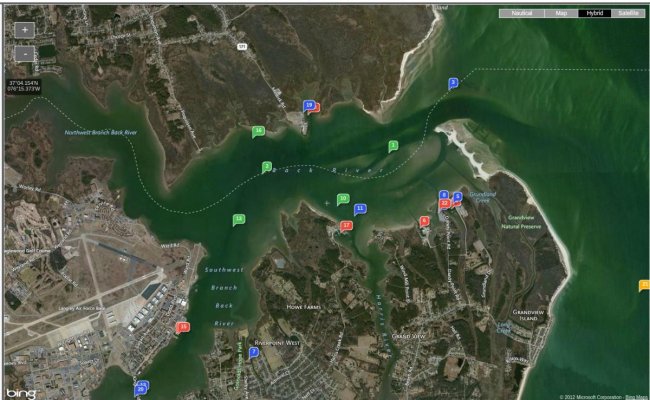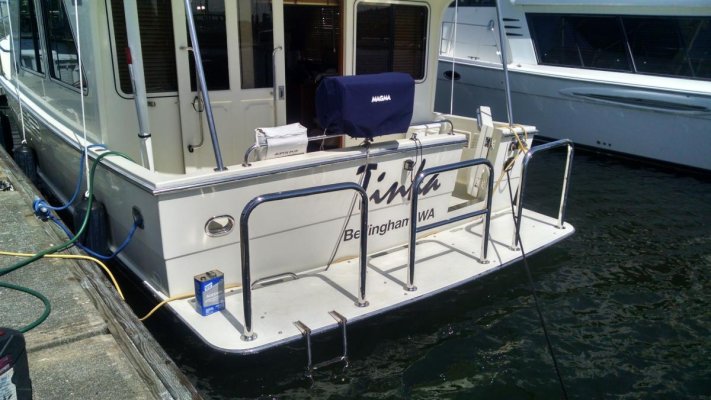sdowney717
Guru
- Joined
- Jan 26, 2016
- Messages
- 2,264
- Location
- United States
- Vessel Name
- Old Glory
- Vessel Make
- 1970 Egg Harbor 37 extended salon model
I anchored at the stern and had three people in the boat with me. Decided to go over the side and scrape some barnacles.
I thought such a low current would be ok. However the current was too strong, I was being dragged under the boat. I could barely hang on to the swim platform. I could not get back into the boat, so we put out the ladder and they helped me back in. Our swim platform is 6 inches above the water, Without deploying the ladder, it would be very hard to get back in the boat. I had gone over and scraped before in another spot where no current exists. My son in law is able to get back up on the swim platform without the ladder.
It was a surprise to me how quickly a seemingly easy job turned into something definitely dangerous.
I thought such a low current would be ok. However the current was too strong, I was being dragged under the boat. I could barely hang on to the swim platform. I could not get back into the boat, so we put out the ladder and they helped me back in. Our swim platform is 6 inches above the water, Without deploying the ladder, it would be very hard to get back in the boat. I had gone over and scraped before in another spot where no current exists. My son in law is able to get back up on the swim platform without the ladder.
It was a surprise to me how quickly a seemingly easy job turned into something definitely dangerous.






 ... I have them and leave them on; on anchor, at the dock, whenever the intentional, or not intentional, boarding might happen at night.
... I have them and leave them on; on anchor, at the dock, whenever the intentional, or not intentional, boarding might happen at night.